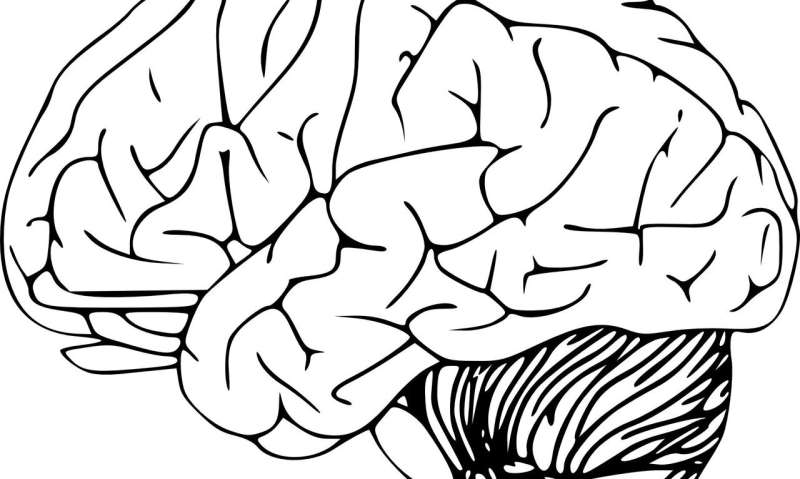Credit: CC0 Public Domain
A little understood region of the cerebellum plays a critical role in making split-second 'go-no go' decisions, according to a new study from researchers at the University of Colorado Anschutz Medical Campus.
"We wanted to know how this kind of decision making takes place," said the study's senior author Diego Restrepo, Ph.D., professor of cell and developmental biology at the University of Colorado School of Medicine. "How, for example, do you decide to swing or not swing at a fast ball in baseball?"
The study was published online today in Nature Communications.
Employing mice rather than ball players, Restrepo and his team used a multiphoton microscope that peered into the brains of the free-moving rodents as they decided whether or not to lick a water solution.
The researchers focused specifically on the molecular layer interneurons (MLIs) in the cerebellum. The mice were given a sugar water reward if they licked a water spout in the presence of a specific, pleasant odor and they avoided a timeout when they refrained from licking in the presence of unscented mineral oil.
At first, the MLI responses did not differ between odors. But with learning, the reward odor prompted a large increase in MLI calcium responses. When the stimuli were reversed, the MLI switched responses to the odors.
When the scientists intervened with chemogenetic agents to inhibit MLI activity, the mice floundered and became less effective in making `go-no go' decisions.
"Our data indicate that the MLIs have a role in learning valence," Restrepo said. "That is, it helps determine whether something is good for me or not."
The findings further illuminate the function of the cerebellum, long associated primarily with movement. But it also plays a key role in cognition and emotion and is associated with non-motor conditions such as autism spectrum disorders.
"A lot of learning goes on inside the cerebellum," Restrepo said. "The cerebellum may also be the place where quick choice arises."
This study shows that it also coordinates both motion and decision making, when to go or not to go.
"We found an entire subset of brain cells that change after learning," Restrepo said. "It sheds further light on how the cerebellum functions and the complex web of connections that go into quick decision making."
More information: Ming Ma et al, Molecular layer interneurons in the cerebellum encode for valence in associative learning, Nature Communications (2020). DOI: 10.1038/s41467-020-18034-2
Journal information: Nature Communications
Provided by CU Anschutz Medical Campus























